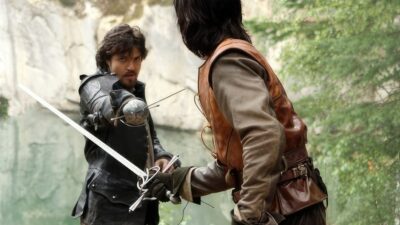Saber vs Rapier: Design, History, and Combat Style

The saber and rapier are European Renaissance and modern swords that are historically significant. As highly popular, they are often debated as to which is the better dueling sword. As we delve into these popular HEMA (historical European martial arts) training blades, we explore their unique characteristics, differences, combat attributes apart, historical significance, and which is the better dueling sword.
KEY TAKEAWAYS:
- The rapier has a straight double-edged blade while the saber has a curved single-edged blade.
- Having evolved from the sidesword, the rapier was popular in the 16th and 17th centuries while the saber was inspired by Eastern cultures.
- In a duel with rules, the rapier would emerge victorious due to its agile design while the saber would win in a duel to the death.
Terms, Characteristics, and Dimension Differences
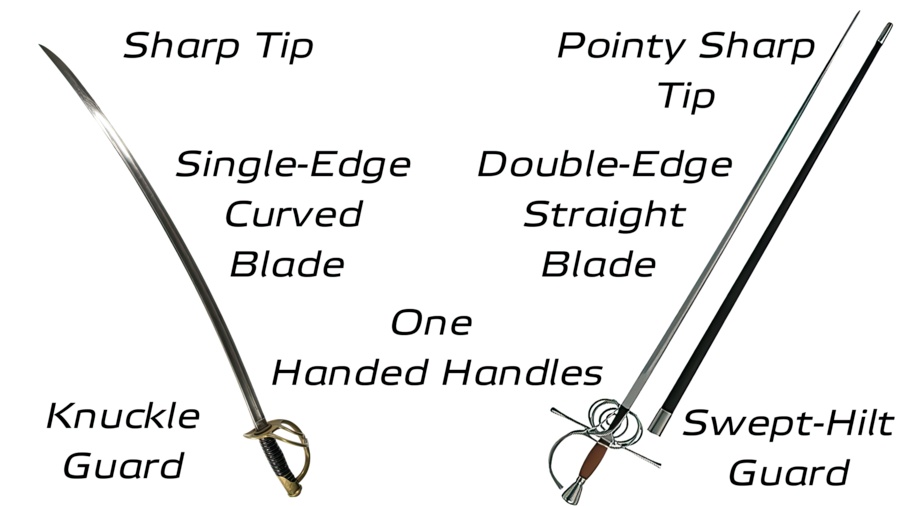
The rapier is a large one-handed blade that draws its name from the Spanish term “espada ropera”, meaning dress sword. It refers to the Renaissance gentleman’s companion blade that serves as a defense weapon among civilians while representing one’s status.
The term “saber” refers to European sabers influenced by the Eastern Asian curved blades. Although available in various shapes and designs, it generally represents the slim or slightly broad single-edged curved blades used on horseback.
Blade
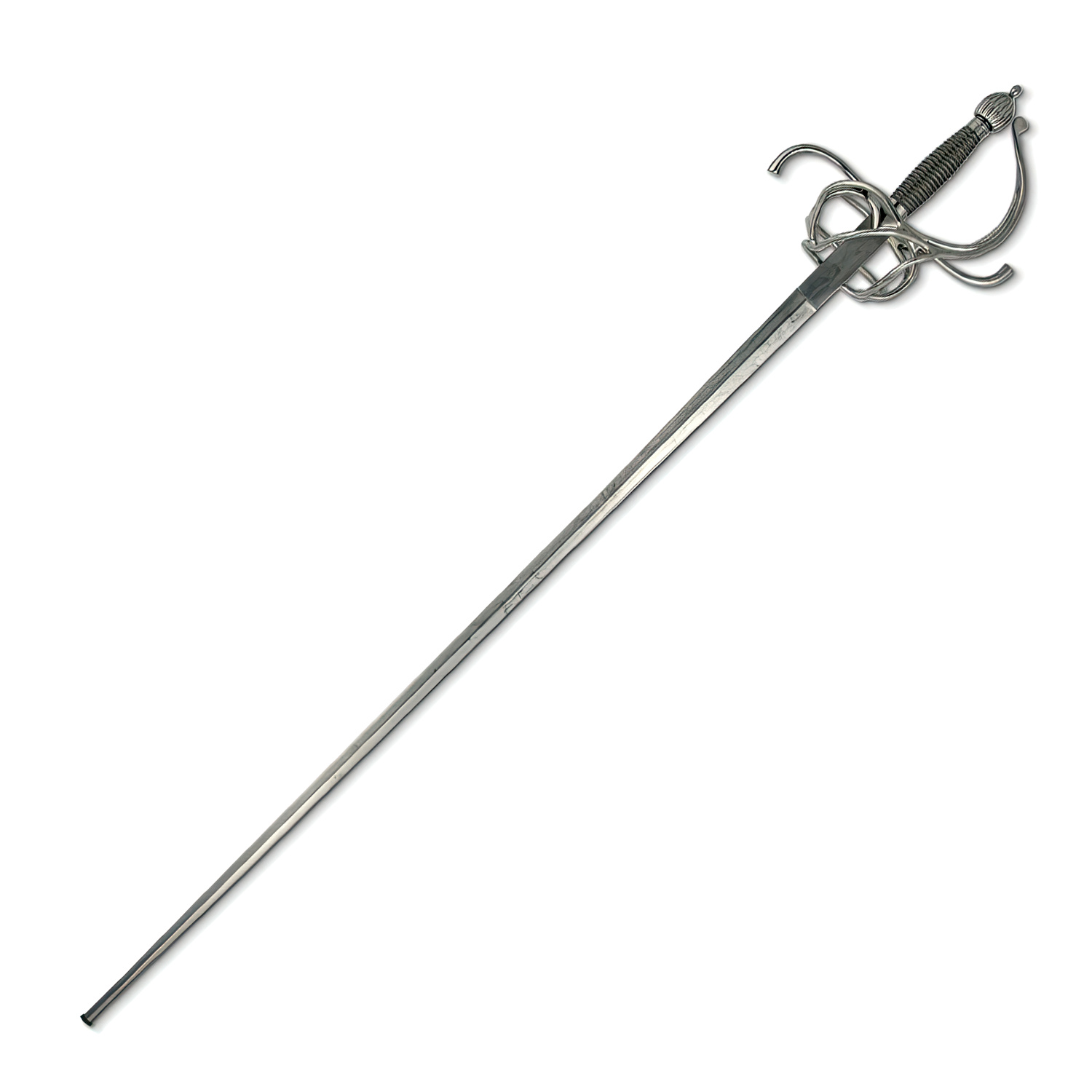
Both the saber and the rapier are forged from high-carbon steel. The composition of the steel is different compared to earlier European blades as they need to be more flexible.
While some European sabers can have straight single-edged blades, most have an upward curve near the tip. The added feature of a fuller or groove on the blade helps to decrease its overall weight. A saber’s blade usually ranges between 23 to 31 inches (60 to 80 cm).
In comparison, the rapier has a straight double-edged blade with varying widths, depending on when it was constructed. It can also feature a fuller in its central line and an unsharpened ricasso near its handguard. For the rapier, its blade can even reach 41-inches (105 cm), depending on the user’s height.
Hilt
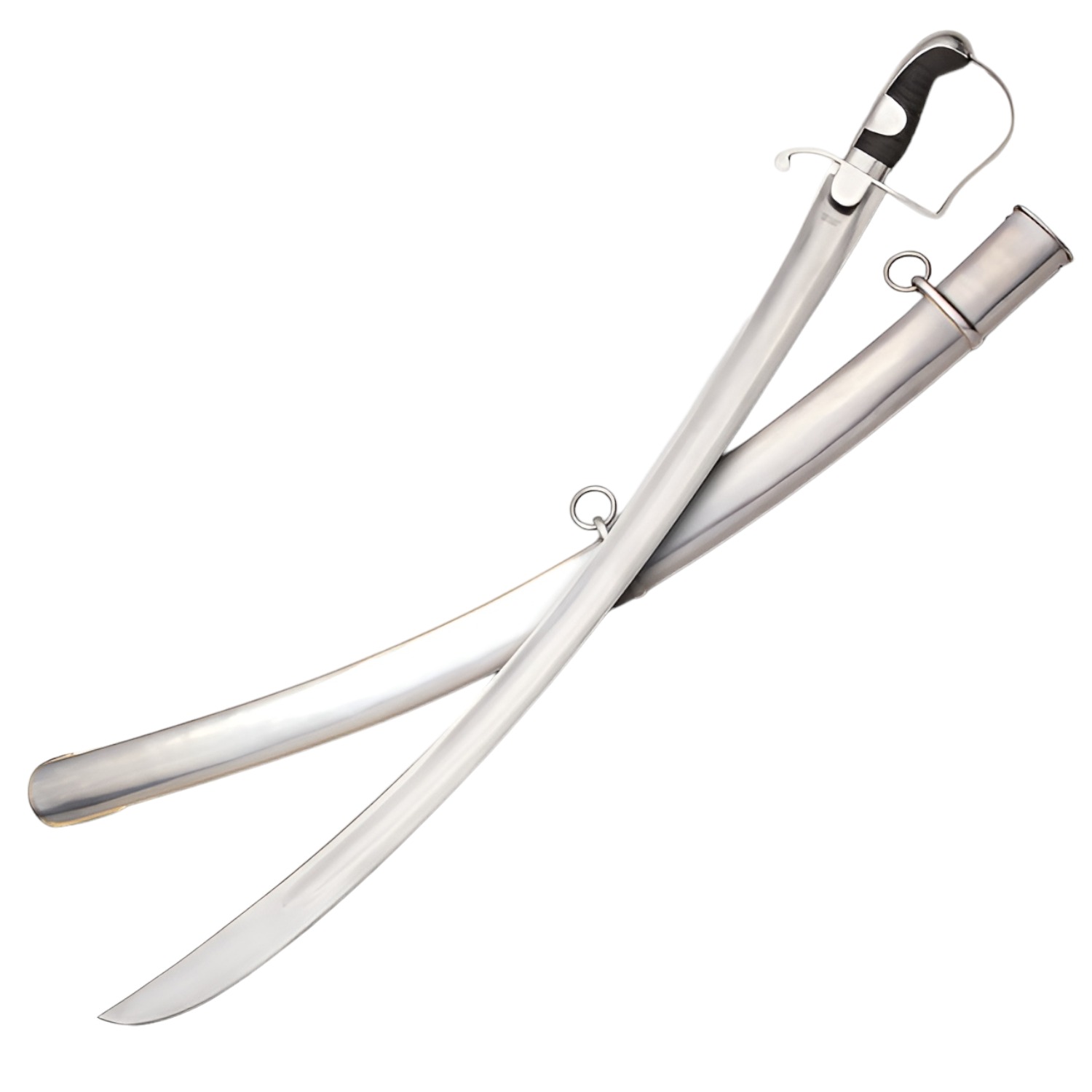
The saber and rapier are both one-handed swords with handles designed for a firm grip. Lengthwise, the handles are similar, measuring around 6 inches (15 cm).
The saber’s hilt varies in terms of design based on when it was constructed, often featuring a knuckle D-guard, a half or full basket hilt, or even an early swept-hilt style. Although the handle can be straight, it is usually narrow or slightly curved towards the blade, allowing for better leverage when slashing. The small pommel turns down to form a pistol grip and has a backstrap.
For the rapier, its hilt is elegant and sophisticated, made to complement the attire of its wielder while offering hand protection. Its fairly large pommel acts as a backstopper. The most popular guard is a swept hilt, but the presence of features like ring fingers, loops, cruciform quillons, baskets, and ear lobes can vary.
Scabbard
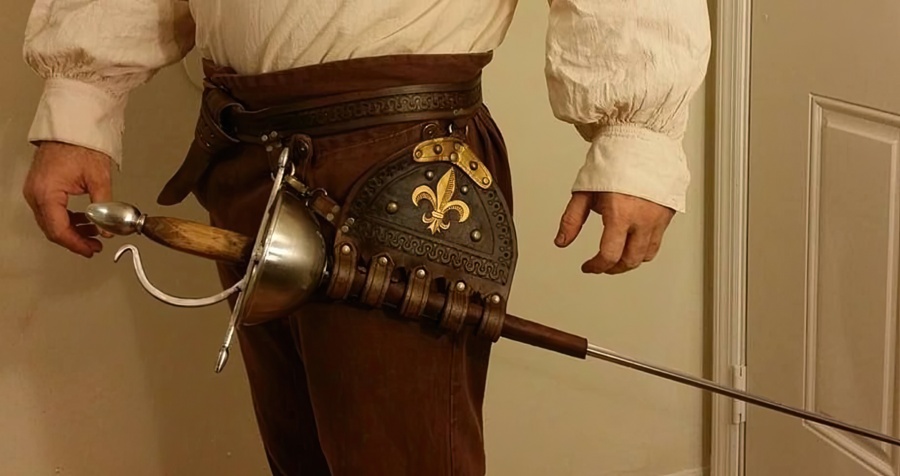
The saber’s curved scabbard is typically attached to the user’s waist with belt rings. This ensures that it would not touch the ground or hinder one’s movements on horseback.
The rapier’s scabbard is straight and very thin to fit the rapier’s blade. Due to the blade’s length, its end would scrape on the ground, requiring its wielder to push the pommel down.
Size and Weight
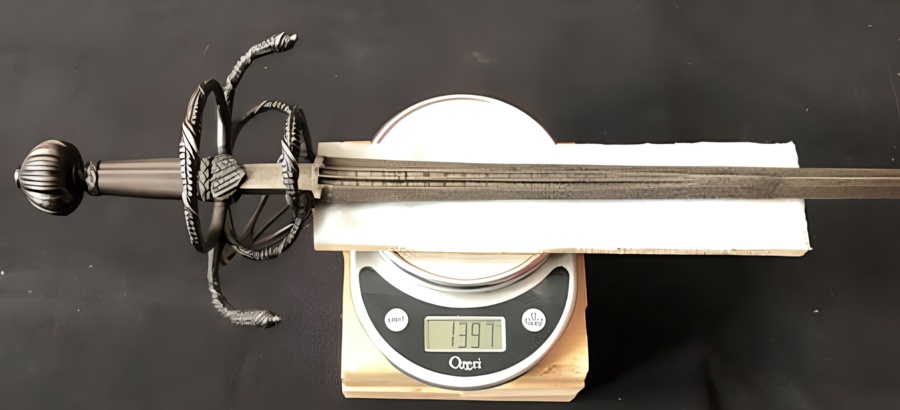
The rapier is often to be a light weapon, but is often heavier than the saber. On average, a rapier weighs around 2.2 to 2.9 lbs (1 to 1.3 kg) while the saber ranges from 1.55 to 2.64 lbs (0.7 to 1.2 kg).
In terms of length, the average European cavalry saber measures 30 to 43 inches (76 to 110 cm) while the rapier is around 43 to 55 inches (110 to 140), with some exceptions.
Historical Significance and Training
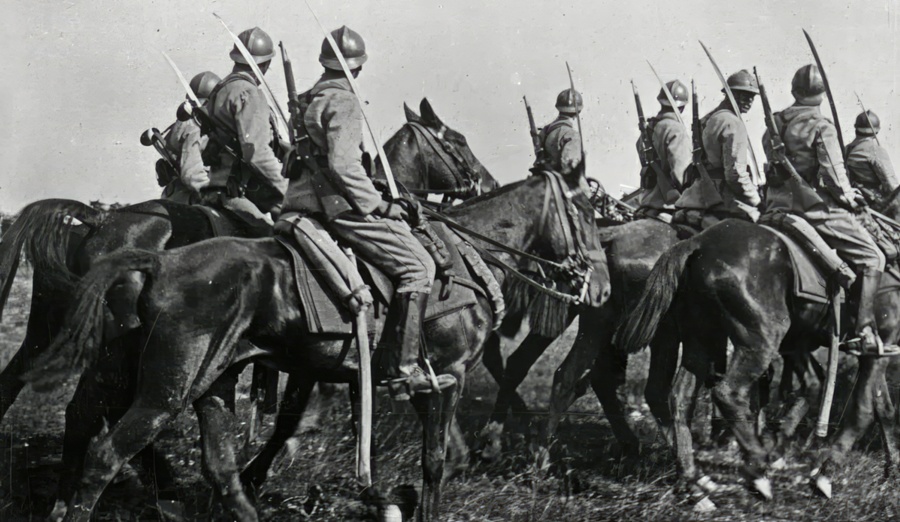
Having evolved from the short sword or “side sword”, the rapier was widely used during the 16th and 17th centuries as a self-defense weapon and as a status symbol. It eventually replaced the longsword as it was an excellent dueling weapon with a huge reach advantage.
Its popularity led to the emergence of different fencing styles such as French and Italian. However, due to its cumbersome length, it was gradually replaced by the thrusting small sword.
First introduced in Europe during the Middle Ages, the saber was inspired by the success of the eastern 15th century Ottoman troops and Middle Eastern Scimitar curved single-edged sword from the Eastern European steppes and Asia. Beginning as Hungarian and Polish light cavalry sabers, these rare swords became popular, especially among musketeers.
They were predominant in Europe after the 18th century and were widely used as cavalry swords as seen in the Napoleonic wars (1799-1815). Today, the sabers function only as ceremonial pieces.
Currently, both the rapier and saber are among HEMA’s (Historical European Martial Arts) most popular and beloved swords for training.
Combat Preference
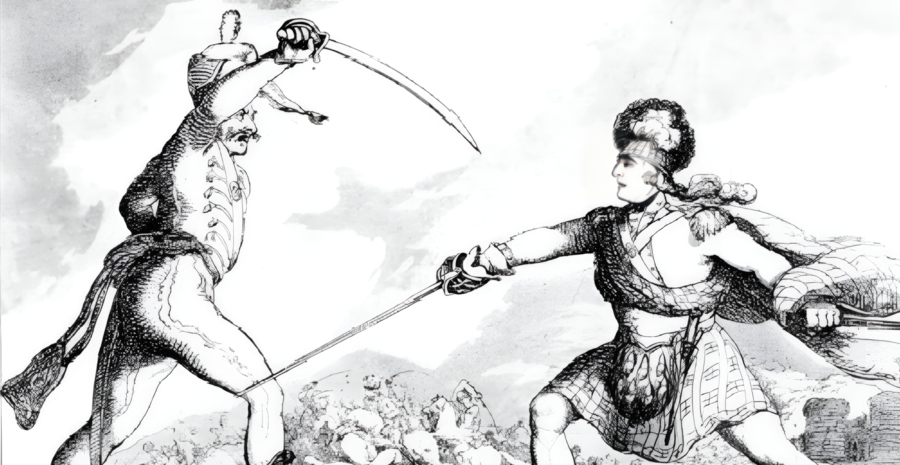
The rapier and European sabre are one-handed weapons that offer hand protection. They come in varying designs, shapes, and sizes.
The biggest advantage of a rapier would be its extended reach and light weight, allowing for agile cuts and serving as a deadly thrusting weapon, able to penetrate deeply and inflict lethal wounds. Its elegant 17th-century design relied on unarmored duels with rules of honor. Offering extreme point control, it could be combined with a buckler for defense or a dagger such as the main gauche.
The saber is a simpler weapon designed to inflict gashes by excelling in slashing, slicing, and some thrusting. This shorter slashing sword offered balanced practicality and functionality without the discomfort of a large blade. While it worked well on foot in most spaces, the saber excelled on horseback. In the 19th century, its combination with a pistol proved to be deadly.

